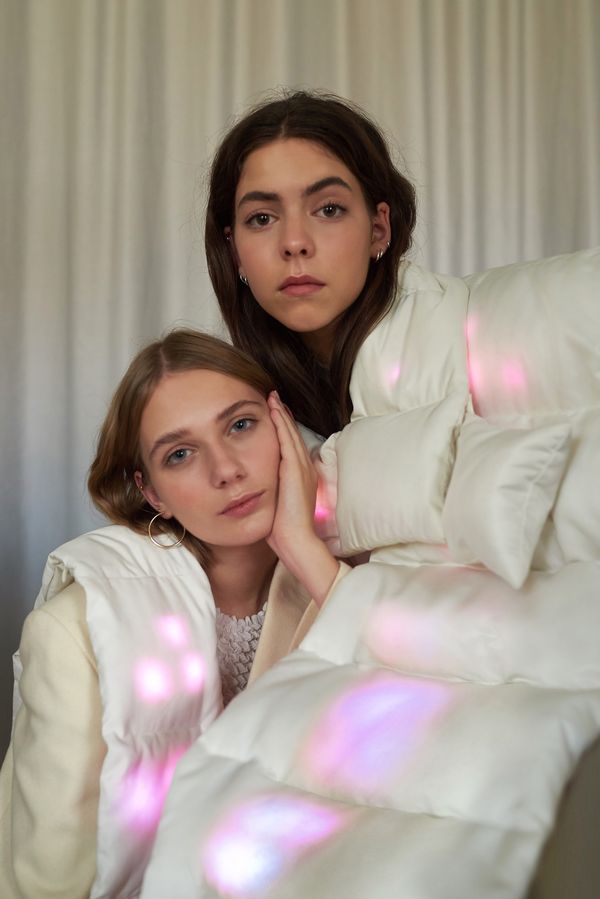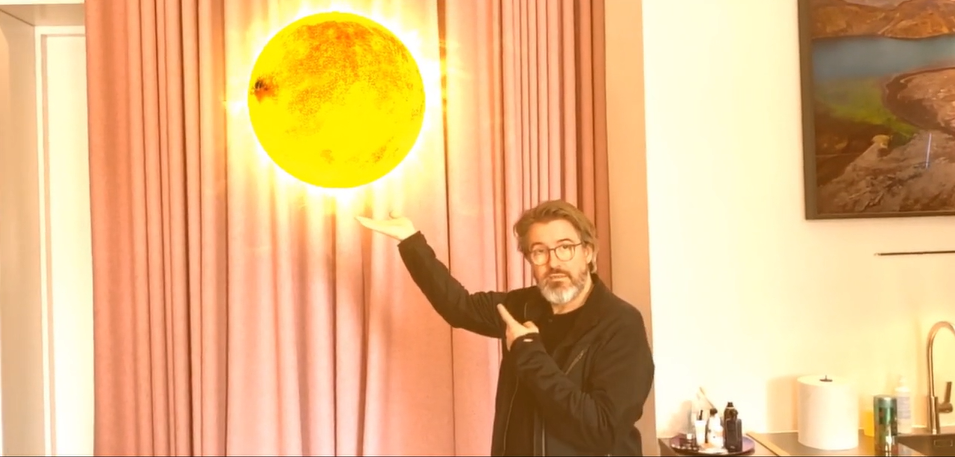Ólafur Elíasson uses augmented reality in his latest project titled Wunderkammer for the first time, with the help of which we can furnish our rooms with rare species and natural phenomena. We tested the AR experience developed in collaboration with the team of Acute Art!
The shift towards digital technology did not only strengthen with the increasing number of online exhibitions, but the designers and artists also became much more open to new technologies. The case of virtual reality (VR) and augmented reality (AR) is especially fascinating, since the innate opportunities of the medium’s characteristics are largely unexploited, thus giving more space for artists and designers to experiment in the field. One of the most exciting artists of our age, Ólafur Elíasson is also open to digital solutions, and in collaboration with the team of Acute Art, he created the Wunderkammer project, with the help of which we can welcome rainbows, glaring suns, rare rocks or Atlantic puffins flapping their wings in our homes.
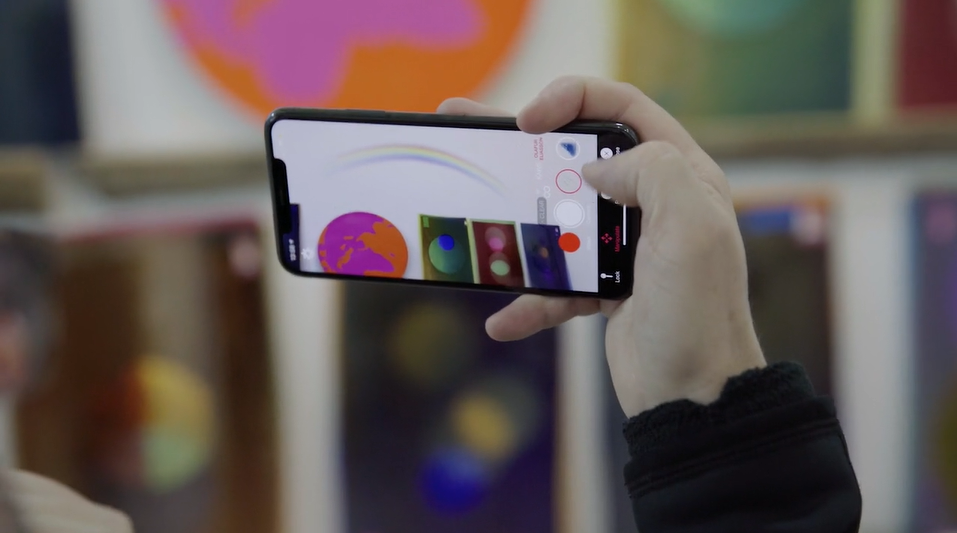
After downloading the application, we can arrange the natural phenomena and creatures in the space as we like, and some of them will start to move if we touch them or approach them with our phones.
“Now we are spending a lot of time indoor, so I thought, okay, let’s make a work of art which takes the outside inside. […] Even though we can’t go as much out as we want to, it’s so important to not forget that once all of this is over, we have to look at our environment, we have to look at what is going on with regards to the things that we care about so much.” – Eliasson says in the video published on his Instagram page.
Ólafur Elíasson’s previous large-scale installations and projects were also aimed at examining the relationship between culture and our environment. The artist likes to confront us with the elemental scenes inspired by nature, and it is easy to dive deep into the atmosphere of the space designed by Elíasson with our real physical presence. We could also say you have to be present – in the Wunderkammer project, Elíasson tries to carry this presence into the virtual space, while he uses several elements recalling his previous works implemented in the physical space (the 3D glowing sun, for example, makes us think of a famous, if not the most famous, work of the artist, The Weather Project from 2003, while the rainbow recalls the Your Rainbow Panorama).

The wunderkammers, that is, wonder chambers, became popular in the 17th century. They started off as aristocratic private collections, generally viewed as the predecessors of museums. These collections showcased the diversity of the world, as the objects displayed in the chambers included several natural formations qualifying as a rarity, but the eclectic cabinets also gave home to man-made artworks. Ólafur Elíasson recalls the spirit of wunderkammers by allowing us to collect and categorize the elements of the world through the application and then after arranging them, to observe the combination of virtual nature and our real physical environment.
According to the vision of the project, art found a way into people’s homes through the screens during the lockdown, however, broad access could not be fully implemented owing to technological requirements. The program is only compatible with high-end smart phones, and the user interface of the application is hardly user-friendly.

We pay less attention to what surrounds us, we take nature and its amazing phenomena granted and self-evident. However, according to Elíasson, nothing is self-evident. The natural formations embedded into our built environment (may it be designed, such as the already mentioned Weather Project or real such as the blocks of ice from Greenland installed by the artist on the streets of London in 2018) become truly powerful as a result of our physical presence, however, this does not happen in the case of Wunderkammer. The AR project can be the initial phase of an exciting, new direction or a bypass, with which Elíasson responded to the changed habits of culture consumption in the past period.

The Acute Art app is available on this site.
Photos: vimeo
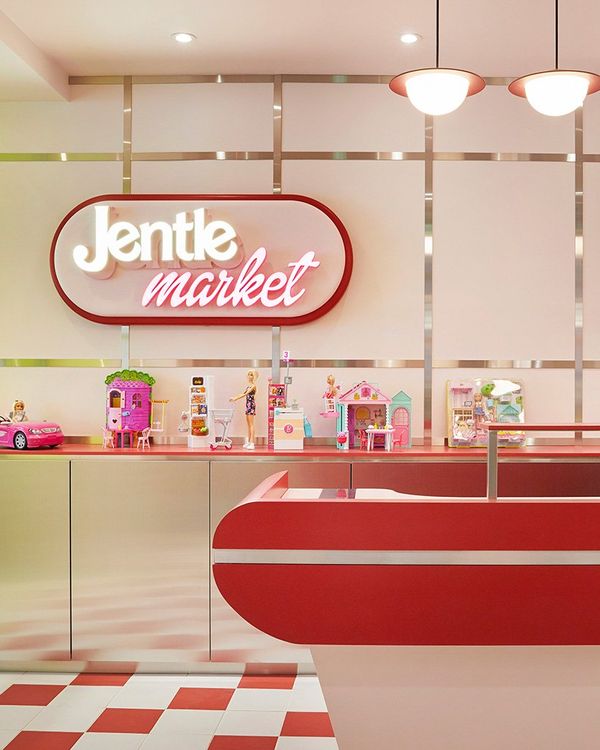
GENTLE MONSTER’s glasses moved to giant dollhouses
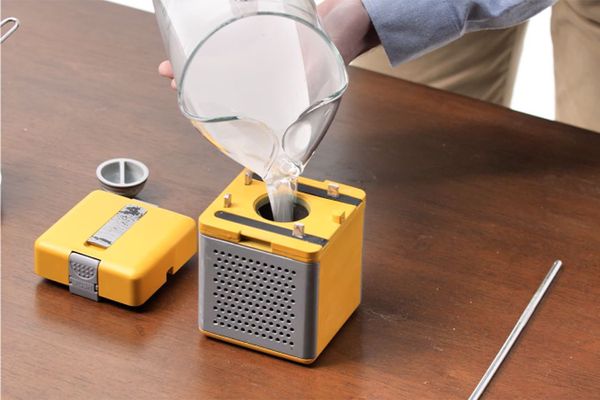
Charge your phone with water!
